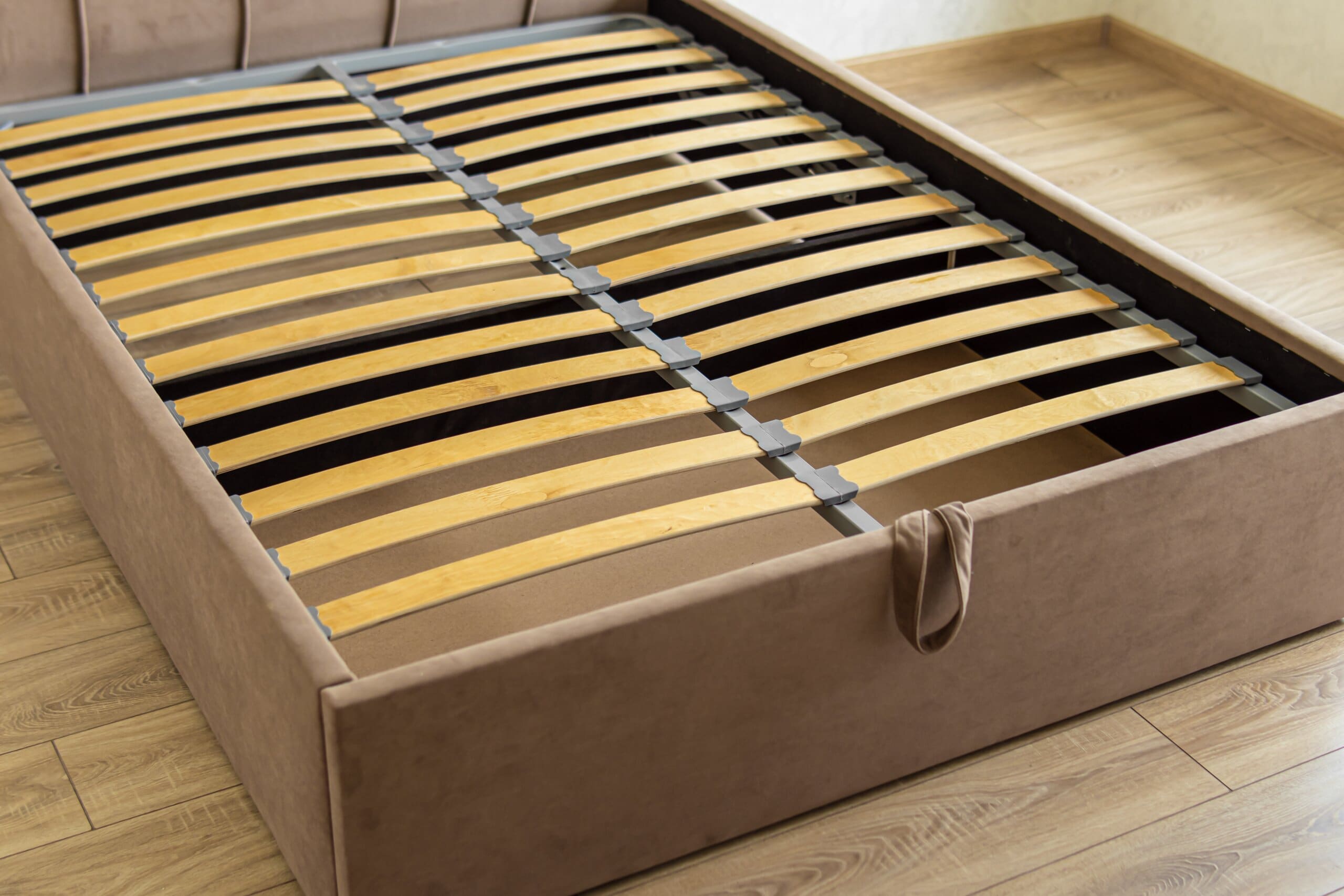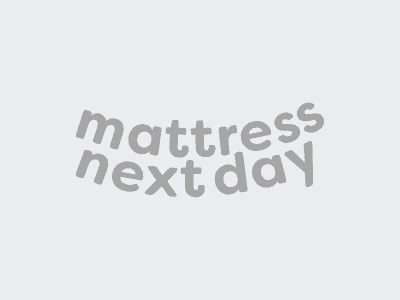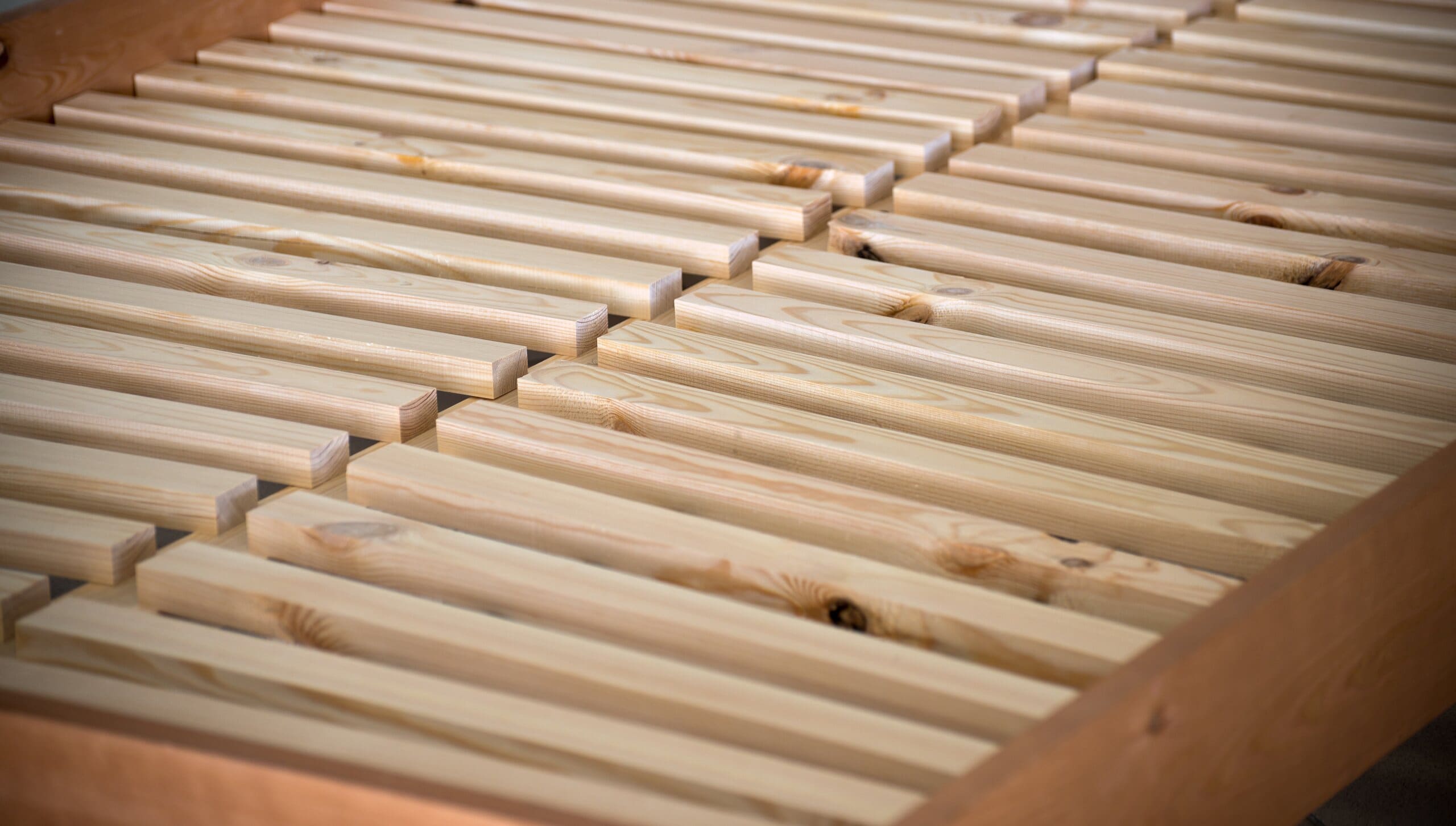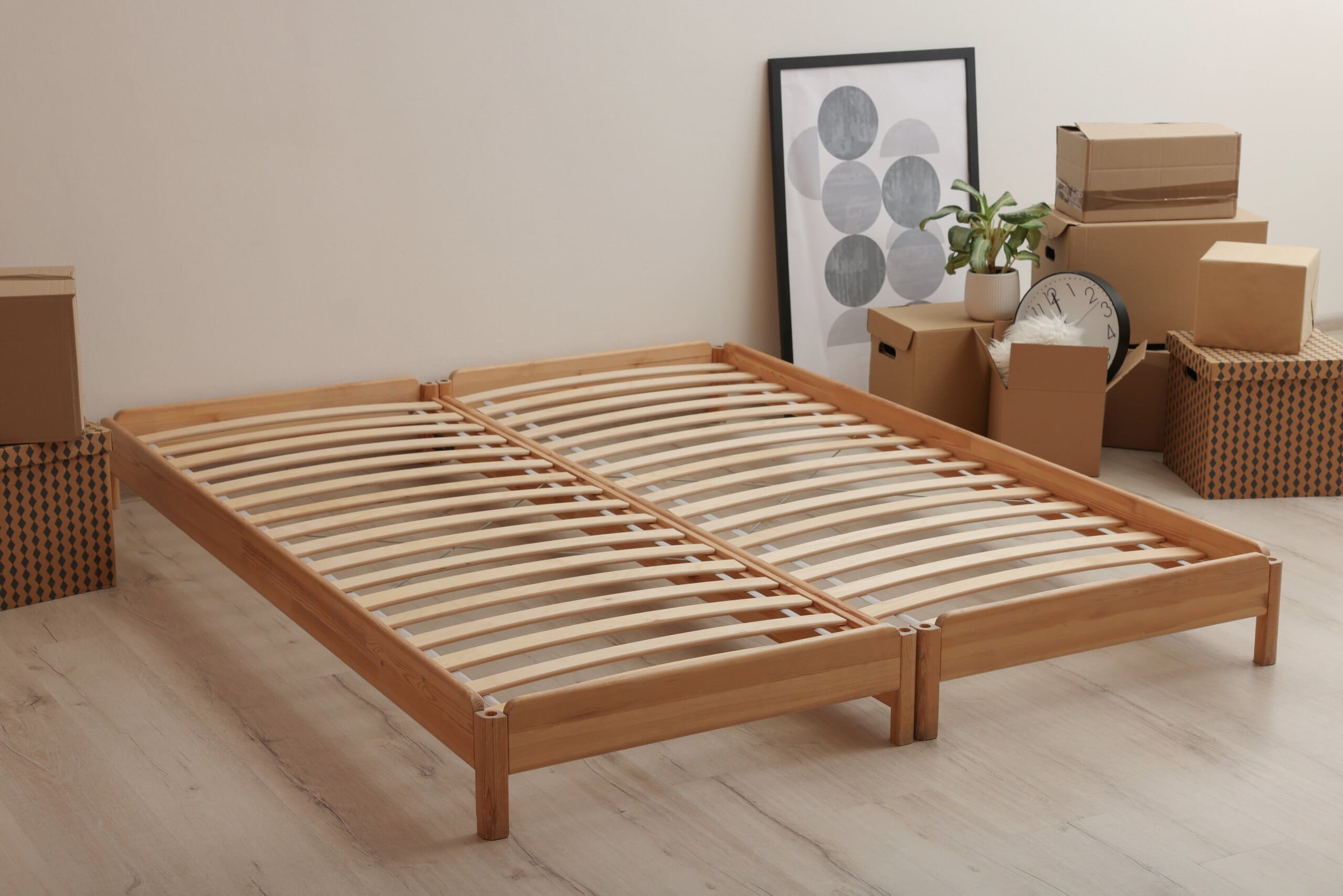Last updated: July 2025
Solid Slat Vs Sprung Slat Bed Frames
Choosing a new slatted bed frame? Discover the difference between solid and sprung slats.
Perhaps you're simply a fan of a traditional style of bed frame or are looking for a change from a solid platform divan bed. Either way, if you’re looking to change your current bed setup for a new one, you might be considering a modern slatted bed frame and realised that there's much more choice than you first thought! But what exactly is the difference between a solid slat vs sprung slat, and how do you know which type is best for you?
Coming in both solid and sprung slat variations, modern slatted bed frames are perfect for anyone looking to maximise their bedroom’s comfort levels with a tried and tested piece of bed technology, no matter what sort of frame style they prefer.
If this is something you want to learn more about, our guide on solid slat vs sprung slat beds has you covered! From the advantages and disadvantages of both slat types to tips on how to pick between the two, we’ve touched on all the important areas you need to know about so you can buy your new bed with confidence.

What are bed slats?
A well-known and common part of plenty of traditional wooden bed frames, bed slats are strips of individual planks that lie in the centre of your bed’s frame to provide extra support levels and accommodate a more even weight distribution.
Each slat is separate from the other, but typically held together by webbing, screws, or holding slots to minimise movement, creating a supportive framework that works in tandem with your mattress to provide a more luxurious sleeping experience.
What’s the difference between solid slat and spring slat frames?
When it comes to the difference between solid slat and spring slat frames, the main distinction lies in the materials used in their construction and how they’re designed to function.
For example, both solid and sprung slats can be made from either wood or metal. However, solid slats are manufactured using hardwoods or steel while sprung slats tend to use laminate woods or aluminium frames.
As a result, solid slats offer a much more rigid and firmer sleeping surface that supports your mattress with the same degree of consistent support across your whole frame. Meanwhile, sprung slats are curved upwards and made to be flexible, providing responsive support to you as you sleep in tandem with a more forgiving firmness level. Essentially, solid slats are better for a firmer feel, while sprung slats offer more flexibility.
How can slat choice affect your sleep?
For the most part, the type of slats you opt for will likely not have a major impact on the quality of your sleep. Both slat types offer similar support levels, and both can improve the longevity of your mattress.
Instead, how well you sleep on your new slatted bed frame will come down to personal sleeping preference. As we mentioned and will touch on more below, solid slats tend to offer increased levels of firmness support compared to the ‘softness’ of sprung slat setups.



Solid slats vs sprung slats: How to pick the right option?
Now that we’ve touched on the main differences between solid vs sprung slats, what should you be thinking about when buying a new bed with a slatted frame? From mattress compatibility to slat maintenance, here are the key points you should consider:
Mattress compatibility
When it comes to buying a new mattress for a slatted bed frame, the good news is that, in terms of solid slats vs sprung slats, both setups can work with any mattress type. However, some types of mattresses are considered better suited to one slat arrangement or the other.
In terms of pocket-sprung mattresses, these tend to perform better on solid slat beds thanks to the consistent support they offer. Essentially, having a firm base like this allows each individual spring to operate independently and with minimal strain to deliver the kind of responsive support you’d expect from them.
Sprung slat beds, on the other hand, can be seen as the best choice for memory foam mattresses, as their flexible nature allows them to fully mould to both the bed and your body for a supreme level of comforting support throughout the night.
Naturally, both slat types can accommodate a hybrid mattress as well, which can offer you a nice middle ground of supportiveness between the two. However, whichever type of mattress or slat you choose, it's imperative that your slats are no further than 7cm apart to ensure your mattress doesn't fall or sag through them.

Sleep support and comfort
Perhaps the most important factor to consider when buying a new mattress and bed combination, the sort of sleep support and comfort you’ll experience from a slatted bed will vary slightly depending on your slat choice.
Being naturally firmer in construction than sprung slats, solid slats are usually the go-to choice for anyone seeking a sturdier sleeping surface that provides high levels of posture and spinal support.
Alternatively, sprung slat bed frames offer a looser, more adaptive surface under your mattress, creating an almost padded surface that can help to take that rigid edge off your mattress for a gentler sleeping space.
As for general sleep comfort, both slat arrangements provide good ventilation for your mattress, reducing moisture levels and lowering your bed temperature. But in terms of noise disturbances, sprung slats do have a slight advantage over solid ones as they tend to squeak and creak less when you move.
Frame longevity
Although sprung slats might offer a more flexible and cushioned sleeping environment, when it comes to longevity, solid slats definitely have the edge. Being made from solid hardwoods and providing equal levels of pressure in all areas, solid slats have the kind of durability that can last for years.
Of course, sprung slats are by no means weak. However, because more pressure is put on the raised centre of each slat, they tend to sag and warp sooner than solid slats and will need replacing more often. This is especially true if you buy a cheaper sprung slat bed, where the boards are typically made of cheaper wood laminates.
Bed price
Finally, when it comes to solid slats vs sprung slats, prices will naturally vary between the two options based on quality, bed size, and bed frame design. Bigger slatted beds will obviously cost more, but so too will slatted platform frames, such as sprung divan beds, which require more materials to manufacture.
Generally speaking, however, a good quality solid slat bed will often be cheaper than a high-quality sprung slat model, mainly due to the simplicity of the manufacturing required. And with sprung slat beds, you want to pay for quality to ensure maximum slat longevity.

Choosing your slat material
As we mentioned right at the start, when deciding between solid vs sprung slats, you’ll also need to settle on whether or not you want wooden or metal slats in your bed. Again, which material you pick will be down to personal preference, but there are a few differences between the two:
- Wooden slats – the most common type of slat material available, wooden slats offer a nice blend of durability and affordability, providing you with a reliable budget option.
- Metal slats – incredibly strong, metal slats are exceptionally tough, but their rigid nature may make them uncomfortable for some. However, metal bed frames are incredibly modern and aesthetically pleasing.
How to look after bed slats
Last, but not least, when it comes to looking after your bed slats, maintenance is pretty simple, especially if you treat your bed properly. Essentially, when turning or flipping your mattress, we’d recommend checking your slats for any sign of damage and replacing or repairing any broken slats as and when you find them.
On the whole, solid slats tend to be less maintenance intensive, while sprung models will likely need to be replaced more often, with it also being more expensive to do so due to the precise measurements needed to fit each slat to the spaces they sit in.
Find solid and sprung slats in our collection
So, now you know the difference between solid and sprung slats, and what to consider if you’re looking to purchase a slatted bed frame in the near future. Of course, if you’re already in the process of buying a new bed and want to take advantage of as wide a bed selection as possible, then check out the MattressNextDay bed range!
With mattresses of all firmness ratings and bed frames of all sizes in our collection, we have something to suit all sleeping preferences. Start browsing today or get in touch with our sleep experts to learn more about finding the right mattress size for you.

